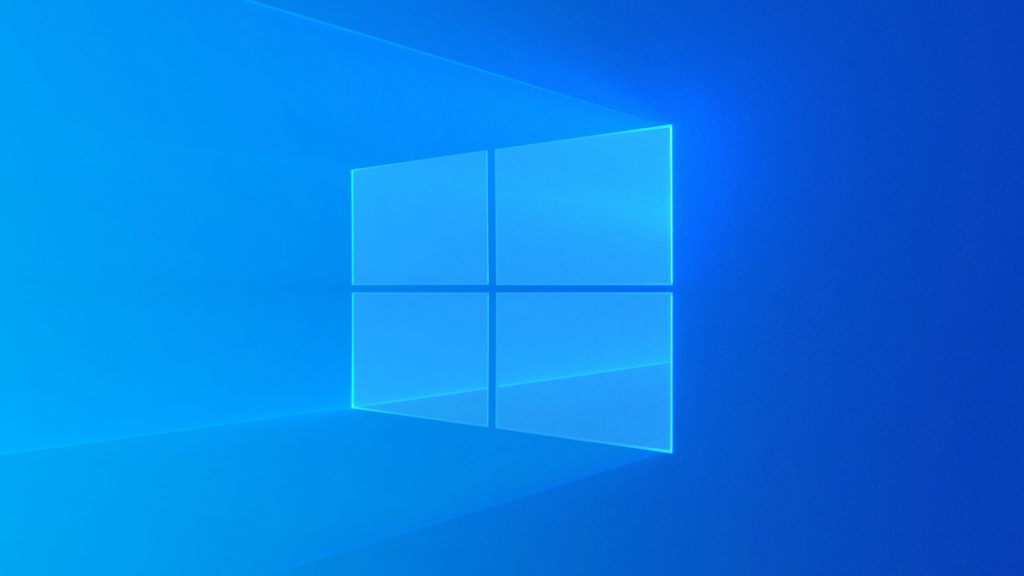
It’s the end of an era as Windows 10 has officially been decommissioned by Microsoft today and will no longer receive updates or new features through the main channels. Launched in 2015, following several missteps with Windows 8 that led many to cling to Windows 7 for years afterward, Windows 10 skipped a number, and some wondered if it was Microsoft’s way of slipping behind the success of Apple’s OSX. As remembered by users across the internet, Microsoft marketed Windows 10 as the last operating system (1, 2), but as the saying goes, context is everything. Evidently, the intent was that 10 would be a service updated to keep it functional for years to come, a goal which was mostly met. Its longevity was notable as there were relatively short time spans between Windows versions, such as Vista, 7, 8, 8.1, which preceded it. Ultimately, though, Microsoft would hinge the demise of Windows 10 on a technological lynch pin, namely TPM.
The Trusted Platform Module 2.0 brought a greater level of security to systems, and while Windows 10 could optionally utilize its functionality, Microsoft has made it a requirement for Windows 11. There are several theories why Microsoft didn’t choose to make this a requirement for 10, but from adding new features in 11, including increased advertising masked as important notifications and increased AI integration across its 365 apps, to potentially laying the groundwork for turning Windows into a live online service, it’s anybody’s guess why Windows 10 is truly coming to an end.
Meanwhile, users in the European Economic Area will receive Extended Security Updates free for one year. These same updates are available to users elsewhere, but for a price. Microsoft is offering ESU for businesses for $61 per device for the first year, but it will double each year thereafter for up to three years.
“The Windows 10 Extended Security Updates (ESU) program gives customers the option to receive security updates for PCs enrolled in the program. ESU is a paid program that provides individuals and organizations of all sizes with the option to extend the use of Windows 10 devices past the end of support date in a more secure manner.”
Limitations
- ESUs don’t include the following items:
- New features
- Customer-requested non-security updates
- Design change requests
- General support won’t be provided for Windows versions past the end of the support date. The Windows 10 ESU only includes support for the license activation, installation, and possible regressions of the ESU itself. To get technical support for these issues related to the ESU, organizations must have an active support plan in place.
Regardless, there are already doubts regarding how long the now four-year-old Windows 11 will be around for, since rumors of Windows 12 have been circulating since 2022. At one point, some thought Windows 12 would get released this past summer, but insiders claimed Microsoft chose instead to focus on the 25H2 build update for Windows 11, around the same time that efforts to remove local account installs reached another milestone.
